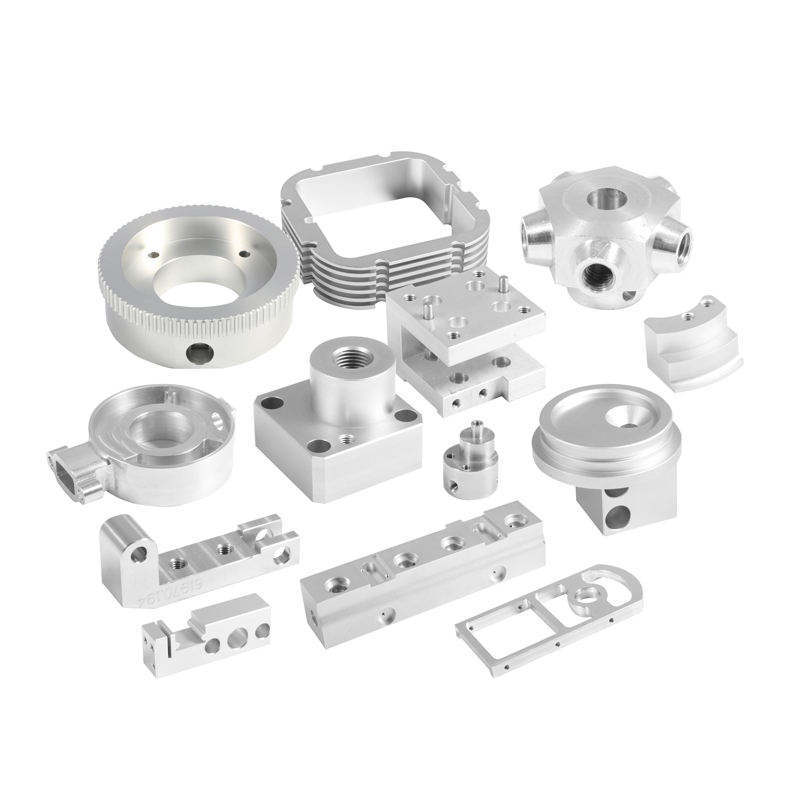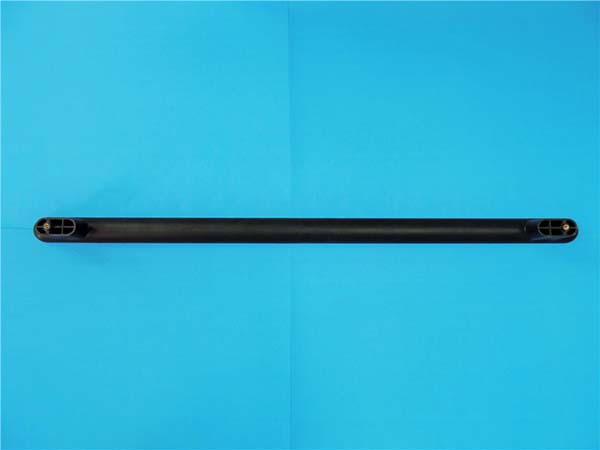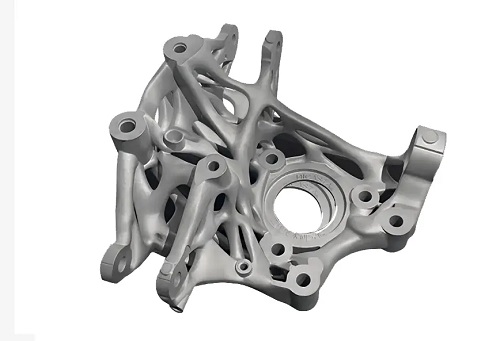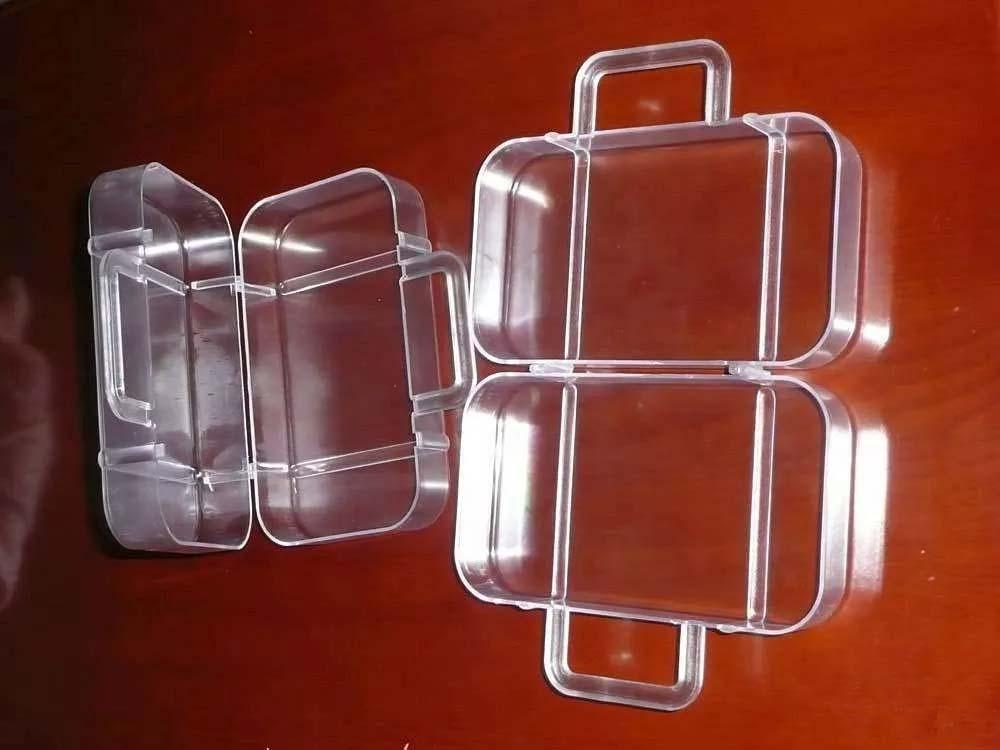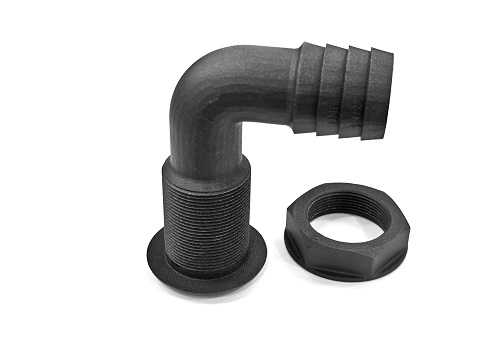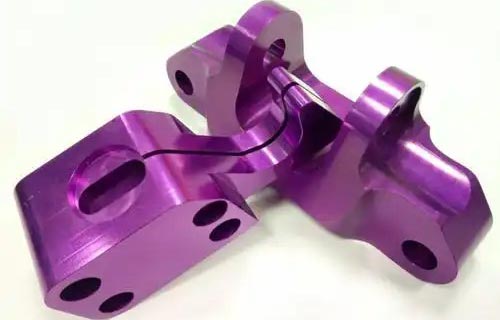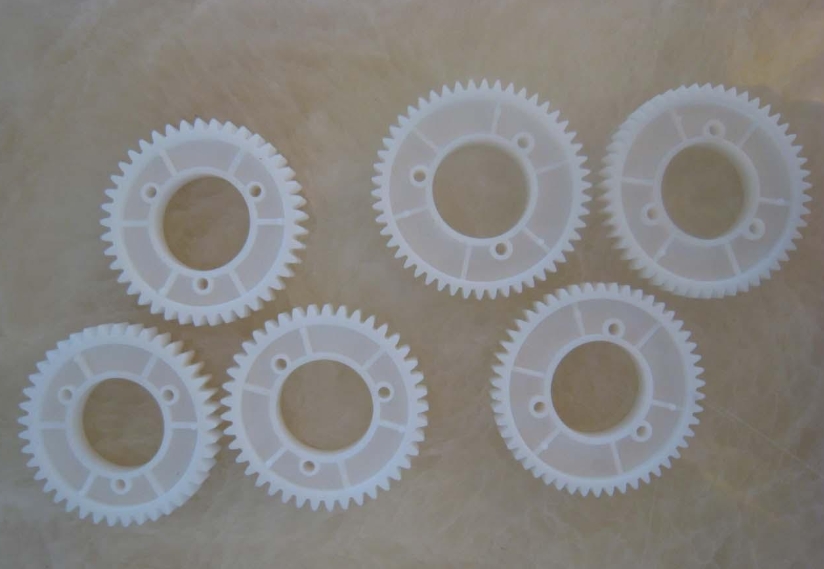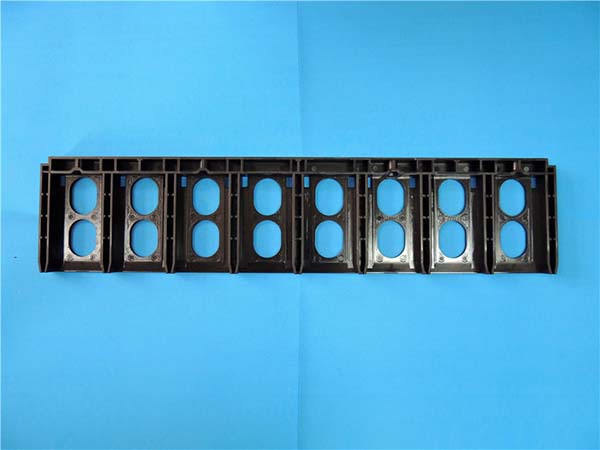Introduction to Polymer Additive Manufacturing
Polymer additive manufacturing (AM), often referred to as 3D printing with polymers, has become a revolutionary force in the manufacturing world. By building objects layer by layer using polymer materials, this technology allows for the rapid creation of complex geometries, customized parts, and prototypes with a level of precision and flexibility that traditional manufacturing methods simply cannot achieve. The technology has found its way into a wide array of industries, including automotive, aerospace, healthcare, and consumer goods, where it drives innovation, reduces costs, and improves efficiency. Additionally, polymer AM has a significant environmental advantage by reducing material waste and enabling on-demand, localized production.
Definition and Principles
Polymer additive manufacturing involves the creation of three-dimensional objects from digital files by depositing polymer materials layer by layer. Unlike traditional manufacturing techniques, such as subtractive processes (which remove material from a solid block), AM constructs objects additively, allowing for the creation of complex and customized products without the need for specialized molds or tooling.
Some of the most common polymer AM techniques include:
- Fused Deposition Modeling (FDM): A widely used method where thermoplastic filaments are heated and extruded through a nozzle to build up layers.
- Stereolithography (SLA): A process that uses a laser to cure liquid resin into solid layers to form intricate shapes.
- Selective Laser Sintering (SLS): A technique where a laser sinters powdered polymer to create solid structures.
- Digital Light Processing (DLP): Similar to SLA, but uses a digital light projector to cure resin layer by layer.
Each of these methods offers unique advantages in terms of speed, material flexibility, and the level of detail that can be achieved, making polymer AM suitable for a wide variety of applications.
History and Evolution
The history of polymer additive manufacturing began in 1984 with the invention of stereolithography (SLA) by Chuck Hull, who pioneered the first 3D printing technology. Over the years, innovations in materials science, computer-aided design (CAD), and automation have propelled the growth of polymer AM. What began as a tool for rapid prototyping has evolved into a fully-fledged manufacturing solution that is changing the way products are designed and produced. Today, polymer AM is an essential part of industries ranging from healthcare to automotive to consumer goods.
Applications of Polymer Additive Manufacturing
1. Automotive Industry
In the automotive sector, polymer additive manufacturing is transforming how car parts are designed, prototyped, and manufactured. One of the primary uses of polymer AM is rapid prototyping, which accelerates the design process by allowing designers and engineers to quickly produce physical models of parts and test them for fit, function, and performance. This helps reduce time-to-market for new vehicle models. Additionally, AM allows for customization of vehicle components such as interior panels, dashboard elements, and even body parts—enabling unique designs and improved performance, particularly for electric vehicles and lightweighting.
- Example: Companies like Ford and BMW use polymer AM to quickly create prototype components, accelerating vehicle design iterations and reducing manufacturing lead times.
2. Aerospace Industry
The aerospace industry is another area where polymer additive manufacturing has had a transformative impact. With its need for lightweight, high-performance parts, the aerospace sector uses AM to produce intricate components such as airfoils, brackets, and housings. Polymer AM provides the flexibility to design parts with complex geometries, contributing to fuel efficiency and reduced weight, which are crucial for performance in the aerospace field. The ability to produce parts on-demand also helps reduce inventory costs and lead times.
- Example: Companies like Boeing and NASA use polymer 3D printing to manufacture custom parts for aircraft and spacecraft. These parts can be produced on-demand, which reduces both the cost of inventory and the time required to source components.
3. Medical Applications
In the medical field, polymer additive manufacturing is playing a significant role in creating personalized healthcare solutions. The ability to create custom prosthetics, orthotics, and dental implants tailored to individual patients improves comfort and functionality. Biocompatible polymers are also being used to manufacture medical devices such as surgical tools, tissue scaffolds, and implants. Moreover, AM is facilitating advancements in regenerative medicine and minimally invasive surgery by enabling the development of complex medical devices that can be used in patient-specific treatments.
- Example: 3D-printed prosthetics for children, such as custom arm or leg prostheses, are becoming more affordable and precise, improving the quality of life for individuals with disabilities.
4. Consumer Products
For consumer goods, polymer additive manufacturing opens up exciting possibilities for product customization and design innovation. AM allows for the creation of products that are uniquely tailored to individual preferences—be it custom jewelry, fashion accessories, home decor, or electronics. This capability enables brands to engage more directly with customers by offering bespoke products, something that traditional manufacturing methods struggle to match. The flexibility of AM allows designers to explore new shapes, patterns, and features that would be impossible to achieve with conventional production techniques.
- Example: Nike and Adidas are using 3D printing to create customized footwear that improves fit and performance, while companies like Formlabs enable small businesses and independent designers to create and sell custom products.
Advantages of Polymer Additive Manufacturing
1. Rapid Prototyping
One of the primary advantages of polymer additive manufacturing is the ability to quickly create prototypes for design testing and validation. This accelerates the product development cycle by enabling engineers and designers to rapidly iterate on new ideas, test concepts, and make improvements based on real-world feedback. This iterative process reduces costs and time-to-market for new products.
- Example: An automotive company can print prototypes of car parts to test for fit and function, allowing the design team to identify and address issues early in the development process.
2. Customization Capabilities
Polymer AM allows for high levels of customization in both design and production. Whether it's creating parts for a specific customer or modifying the geometry of a component to improve performance, AM provides the flexibility to produce personalized, bespoke products. This is particularly valuable in industries like healthcare, where personalized solutions are critical, and in fashion or consumer goods, where unique designs enhance customer appeal.
- Example: Medical implants such as hip replacements or dental implants can be 3D-printed to match the unique anatomy of each patient, improving comfort and outcomes.
3. Production of Complex Geometries
Traditional manufacturing methods, such as machining or injection molding, are limited by the need for specialized tooling and molds, which can be expensive and time-consuming to produce. Polymer additive manufacturing overcomes these limitations by building objects layer by layer, enabling the production of parts with highly complex geometries, including internal structures, lattice designs, and organic shapes. This opens up new possibilities for improving the performance, functionality, and aesthetics of products.
- Example: Aerospace parts such as fuel nozzles or turbine blades can be printed with internal channels and geometries that enhance their performance while reducing weight.
4. Environmental Impact
Polymer additive manufacturing contributes to sustainability in several ways. Because the technology is additive, it minimizes material waste compared to subtractive processes like CNC machining. Additionally, polymer AM enables on-demand production, reducing the need for large inventories and minimizing the carbon footprint associated with transportation and storage. The development of biodegradable and recycled materials further enhances the environmental benefits of AM.
- Example: By producing only the material needed for a part, AM reduces the waste typically generated during the production of components through traditional methods.
Conclusion: Impact on Modern Industry
Polymer additive manufacturing is reshaping the landscape of modern industry by offering greater flexibility, efficiency, and sustainability. From automotive and aerospace to medical and consumer goods, the technology has a broad and growing range of applications. By enabling rapid prototyping, customization, and the production of complex geometries, polymer AM allows businesses to develop better products faster and at a lower cost. As the technology continues to evolve, polymer additive manufacturing will play an increasingly important role in fostering innovation and sustainability across a wide range of industries.
The Way Forward for Polymer AM Technologies
Looking ahead, the future of polymer additive manufacturing is promising, with ongoing research aimed at enhancing material properties, improving processing speeds, and reducing costs. Further integration with advanced technologies such as artificial intelligence (AI) and robotics will streamline production processes and open up new possibilities for mass customization and automation. As industries embrace this technology, collaboration between academia, industry, and regulatory bodies will be essential to establish standards and support the continued development of polymer additive manufacturing.
FAQs
Q1: What are the main types of polymer additive manufacturing?
A1: The main types of polymer additive manufacturing include Fused Deposition Modeling (FDM), Stereolithography (SLA), Selective Laser Sintering (SLS), and Digital Light Processing (DLP). Each method differs in how it handles material and produces parts, offering varying levels of precision and speed.
Q2: How does polymer additive manufacturing contribute to sustainability?
A2: Polymer additive manufacturing contributes to sustainability by minimizing material waste, enabling on-demand production that reduces inventory needs, and supporting the use of recycled materials. These factors help reduce the environmental impact of manufacturing.
Q3: Can polymer additive manufacturing be used for mass production?
A3: While polymer AM has traditionally been used for prototyping and low-volume production, advancements in speed, cost-effectiveness, and material options are expanding its potential for mass production. In particular, industries requiring customized parts or complex geometries are well-suited for AM in mass production.

